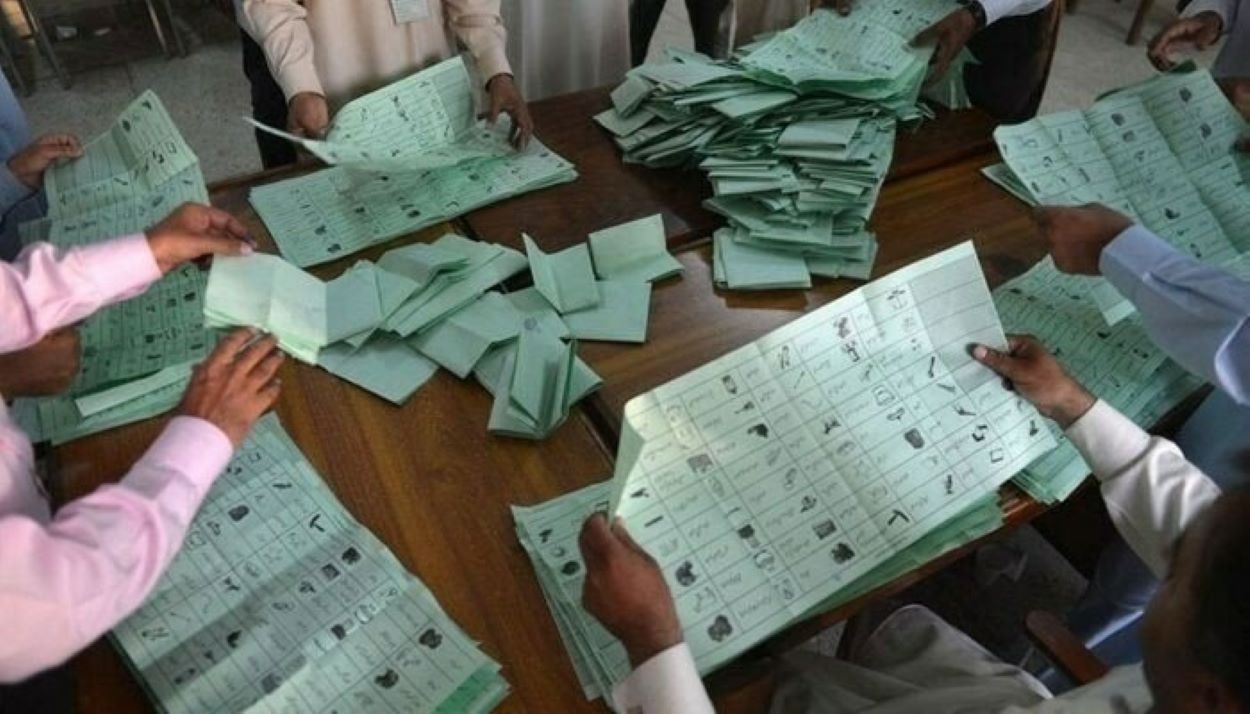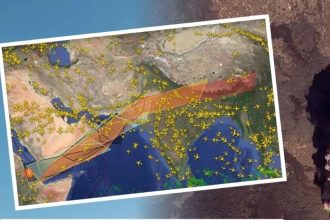The Election Commission of Pakistan (ECP) announced that the registered voter count in Pakistan will reach 133.4 million by 2025, an increase of over 747,000 from last year’s total of 132.67 million.
The data, released on March 27, 2025, reflects a growing electorate. However, it also reveals a persistent gender gap, with male voters significantly outnumbering their female counterparts nationwide.
The ECP reports that of the total voters, 71.65 million are men (53.71%), while 61.76 million are women (46.29%). This disparity highlights ongoing challenges in achieving gender parity in voter registration nationwide.
Pakistan Voter Statistics Regional Voter Breakdown
The numbers vary by region. Islamabad leads with 1.18 million voters, 619,573 men (52.34%) and 564,088 women (47.66%). Balochistan follows with 5.56 million voters, including 3.1 million men (56.01%) and 2.4 million women (43.99%).
Province Wise Statistics of Voters #ECP pic.twitter.com/vnL8MoStET
— Election Commission of Pakistan (OFFICIAL)🇵🇰 (@ECP_Pakistan) March 27, 2025Khyber Pakhtunkhwa boasts 22.67 million voters, with 12.33 million men (54.38%) and 10.34 million women (45.62%). Punjab, the largest voting bloc, has 76.01 million voters, 44.67 million men (53.24%) and 31.34 million women (46.76%). Sindh rounds out the provinces with 27.98 million voters, including 15.11 million men (54.03%) and 12.86 million women (45.97%).
Pakistan Voter Statistics by Cities
Major cities show similar trends. Quetta has 0.88 million voter,s 505,176 men (56.96%) and 381,665 women (43.04%). Peshawar reports 2.17 million voters, with 1.19 million men (55.09%) and 975,552 women (44.91%).
Karachi’s combined districts total 11.85 million voters, with 6.27 million men and 5.58 million women. Lahore, a political powerhouse, has 7.23 million voters—3.8 million men (52.58%) and 3.43 million women (47.42%). Faisalabad counts 5.48 million voters, including 2.94 million men (53.44%) and 2.56 million women (46.56%). Rawalpindi adds 3.41 million voters, with 1.77 million men (51.33%) and 1.67 million women (48.67%). Together, these six cities account for nearly 25.51 million voters.
District Wise Voter Statistics #ECP pic.twitter.com/lKg3DyZ1ev
— Election Commission of Pakistan (OFFICIAL)🇵🇰 (@ECP_Pakistan) March 27, 2025While the rise in voter numbers is a positive sign for Pakistan’s democracy, the gender gap remains a concern. Men consistently outpace women in registration across provinces and cities, with Balochistan showing the widest divide at 56.01% male voters. Efforts to close this gap could shape future elections and political representation.
Read: Women Voters Differed from Men in 18% of Communities in GE 2024 : FAFEN
As Pakistan’s electorate grows, these statistics offer a snapshot of its democratic landscape. Will the gender imbalance shift in the years ahead? Stay tuned for more insights.






